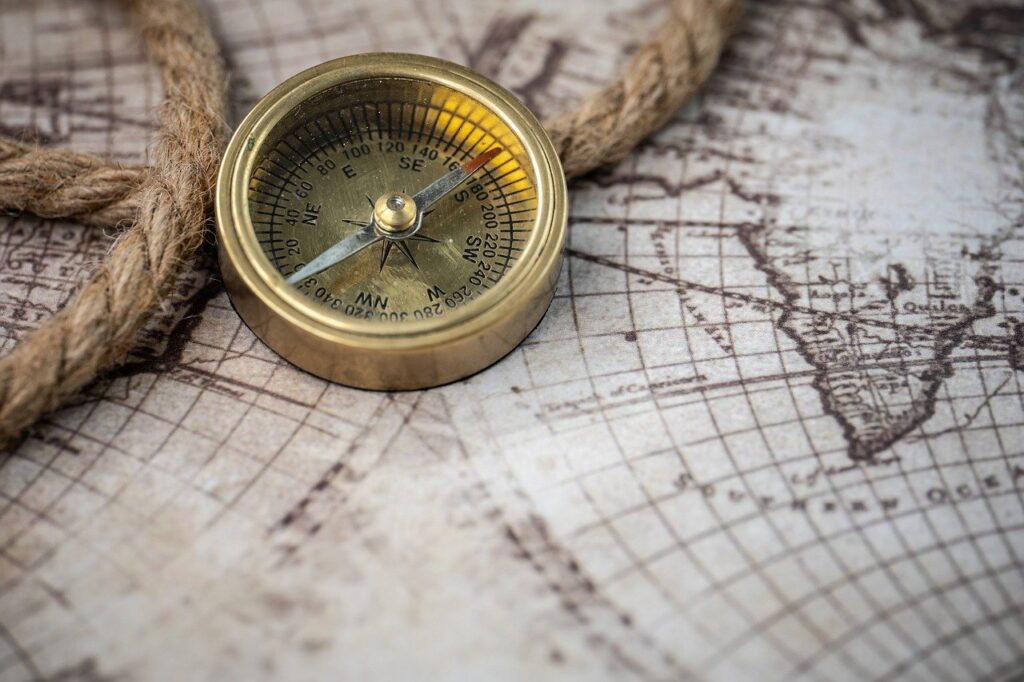
Our Packages
Don’t just dream about your next adventure—make it happen! Explore our packages and book now to start creating memories that will last a lifetime.

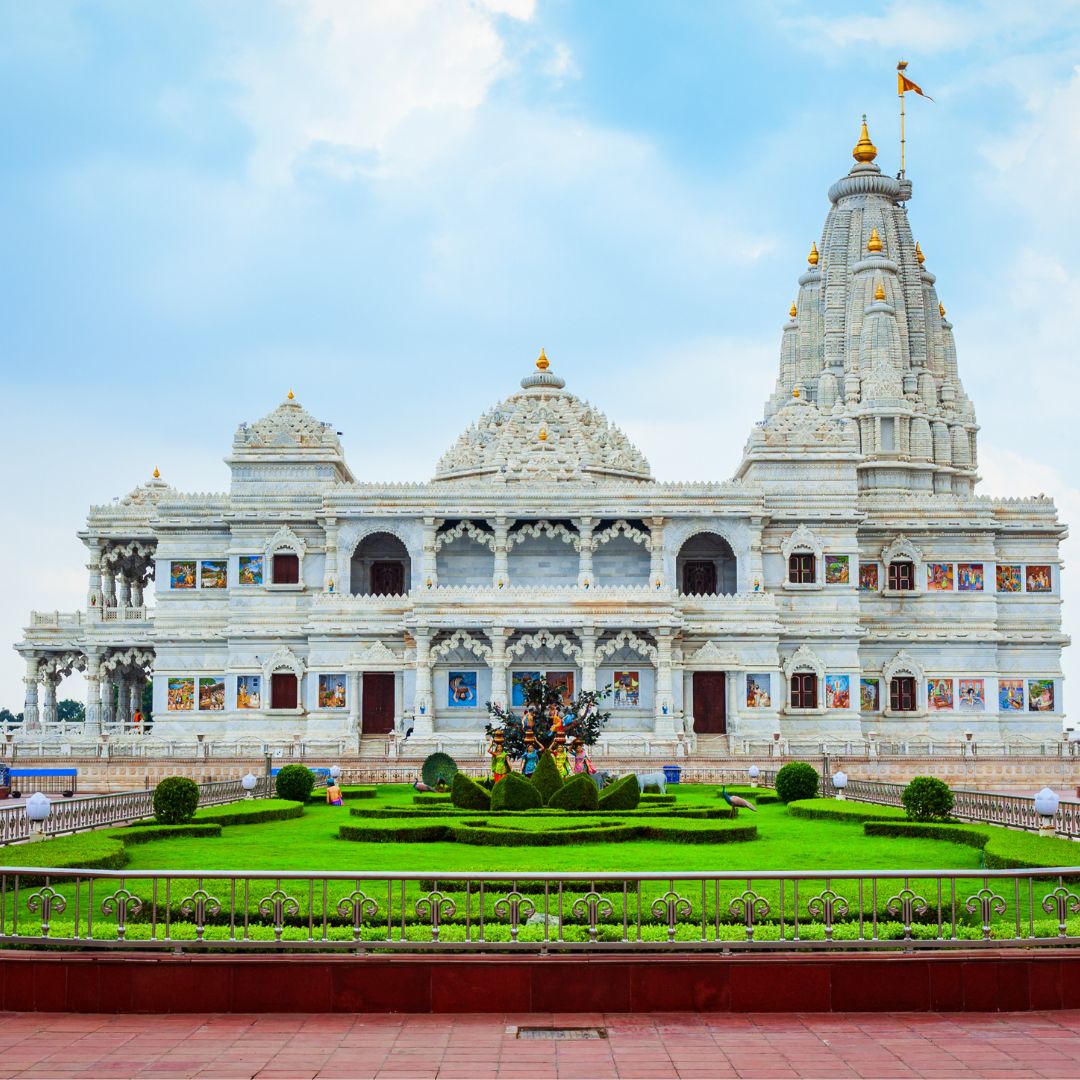
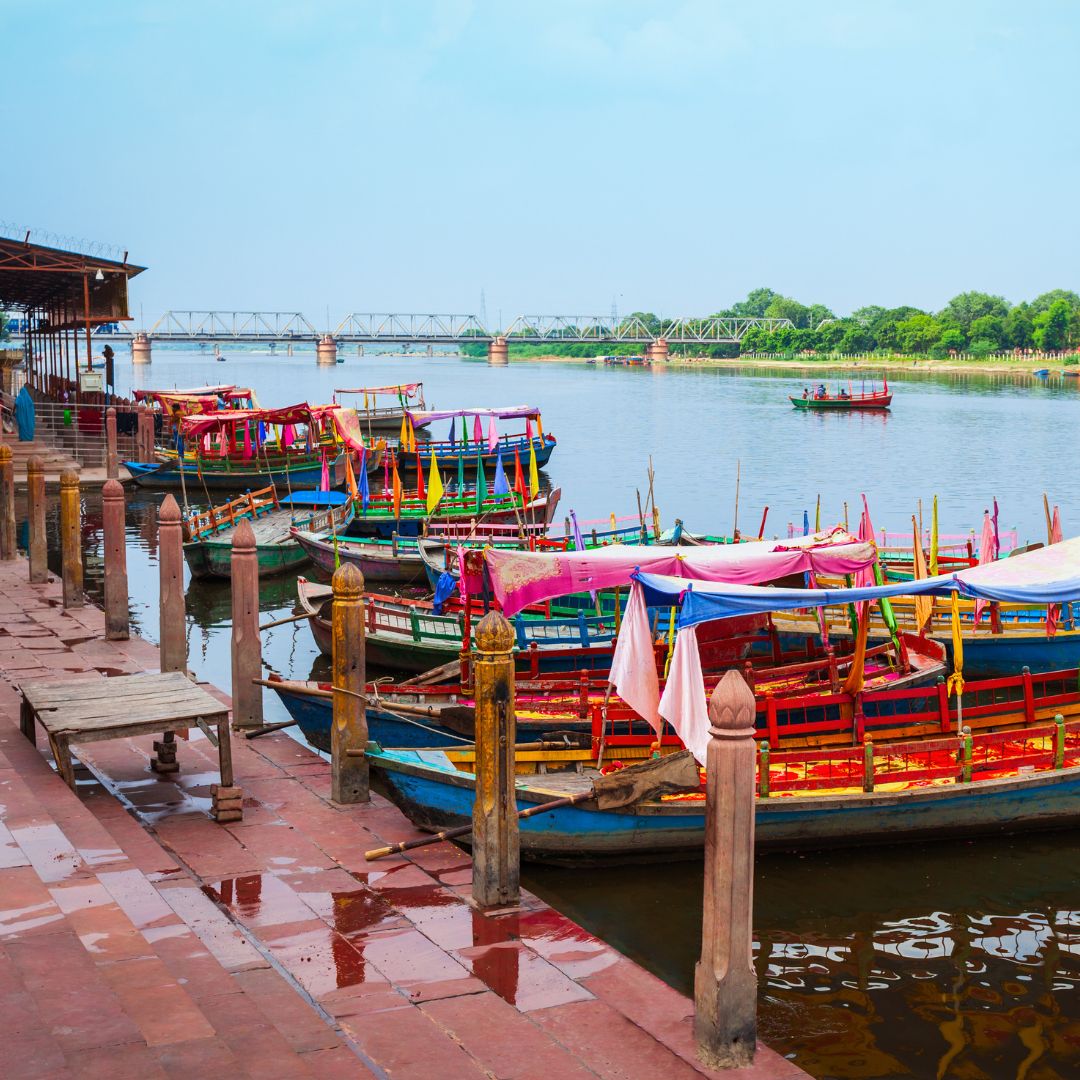
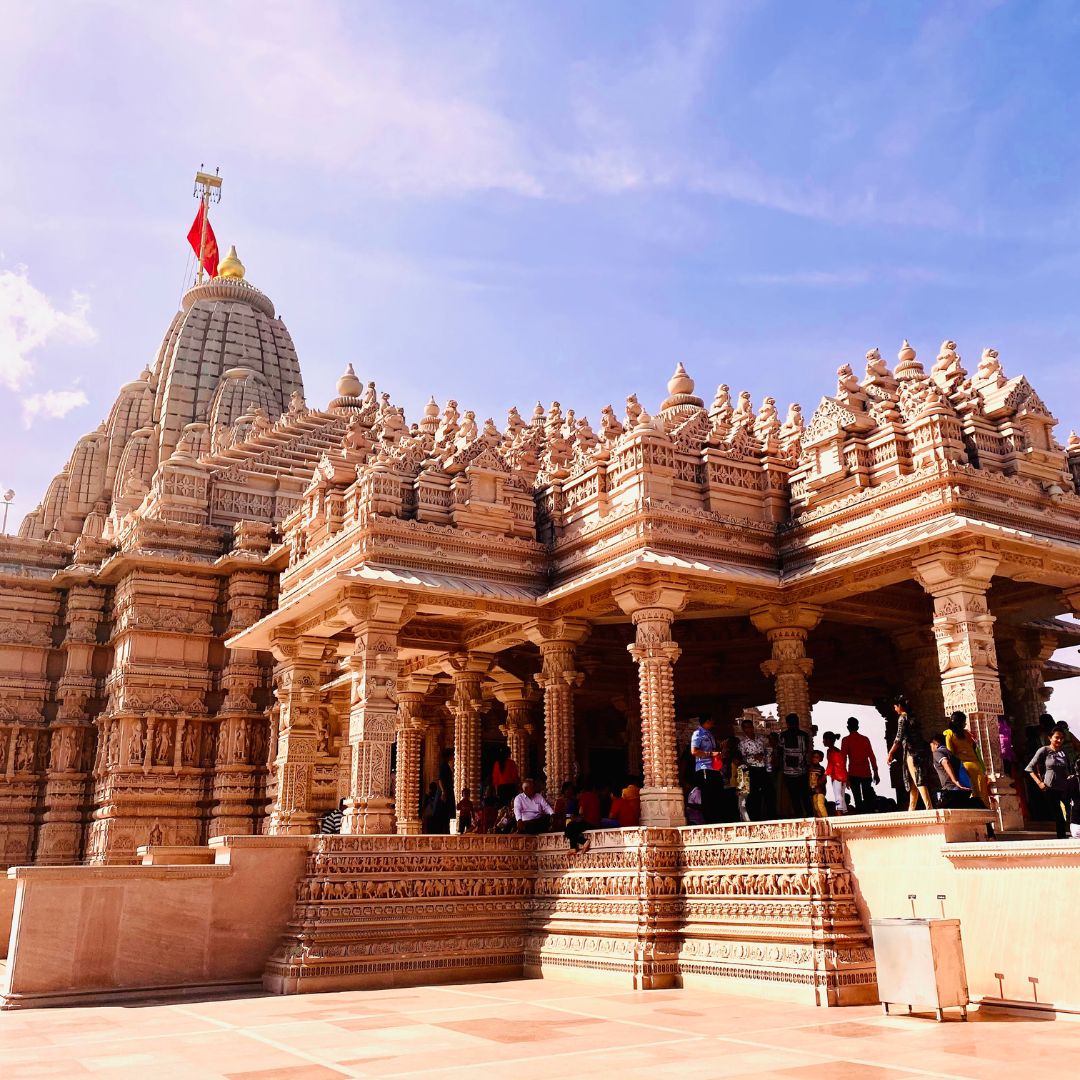
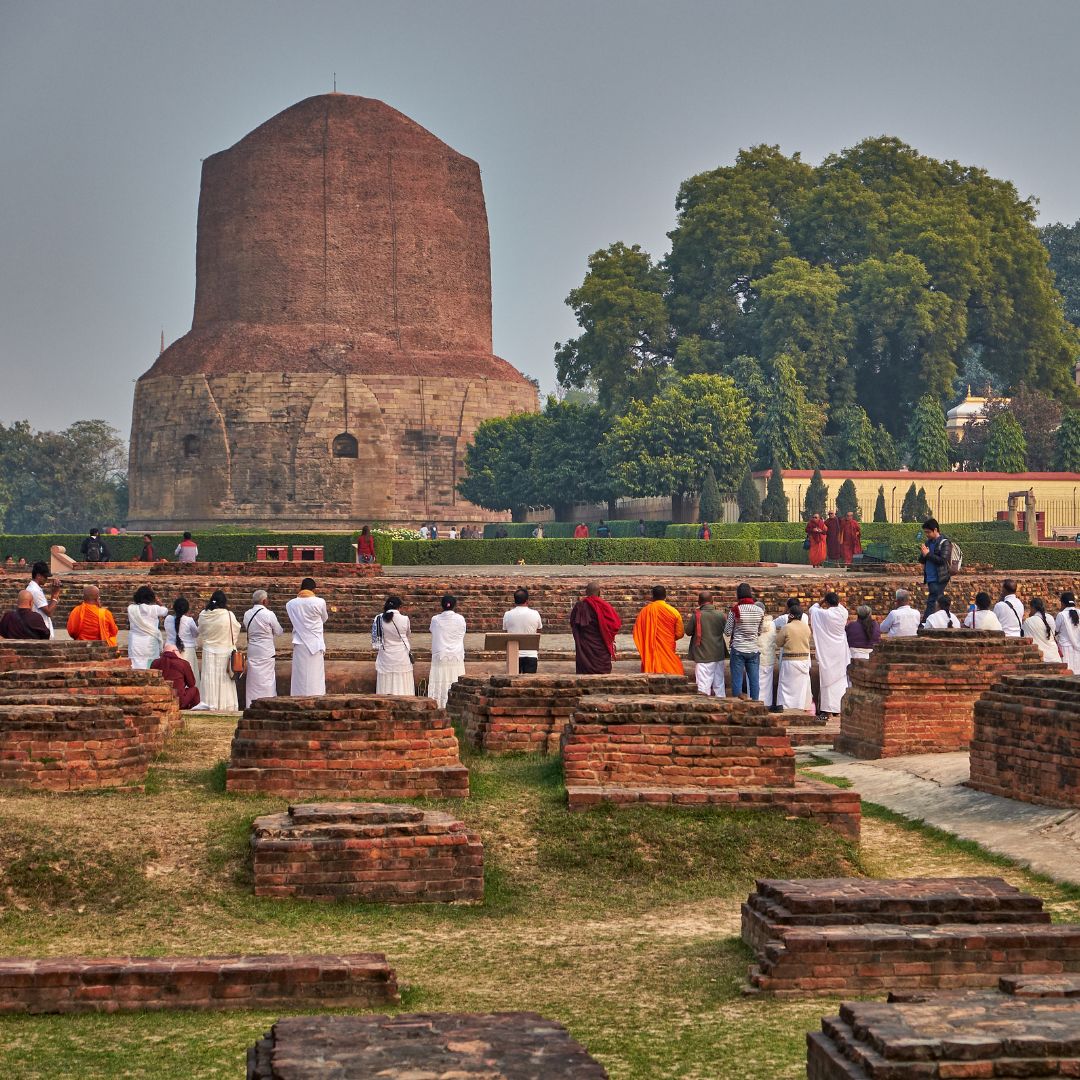
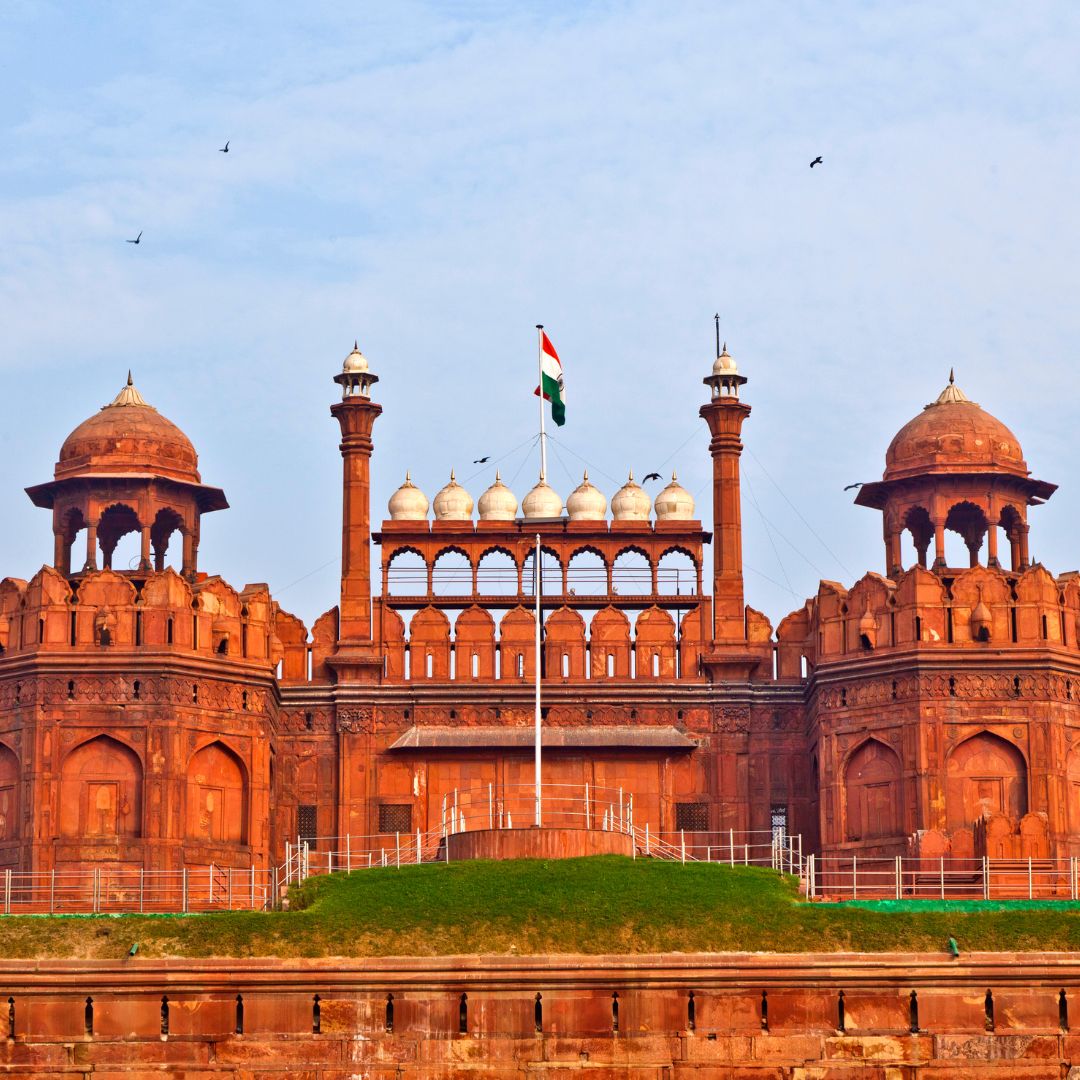
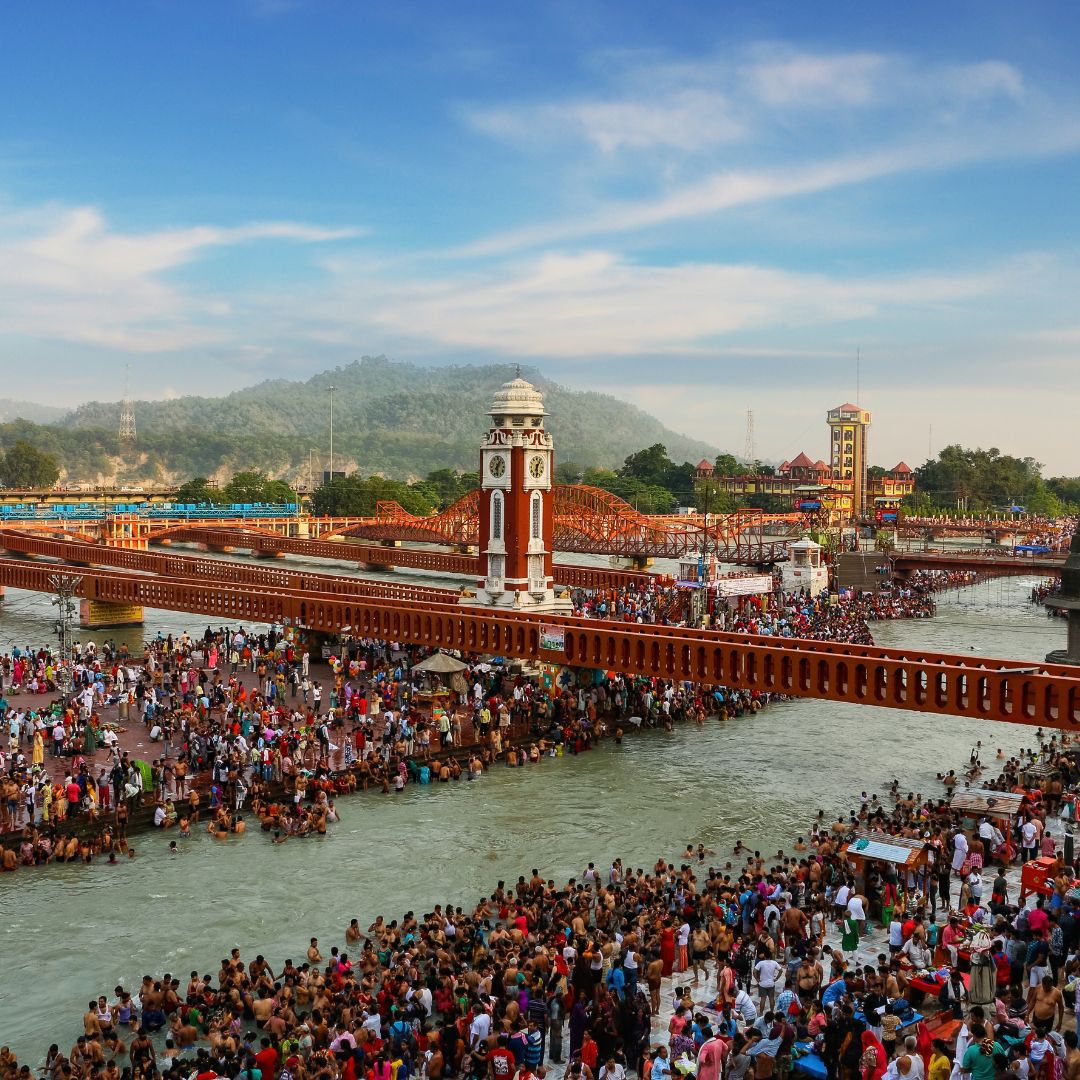
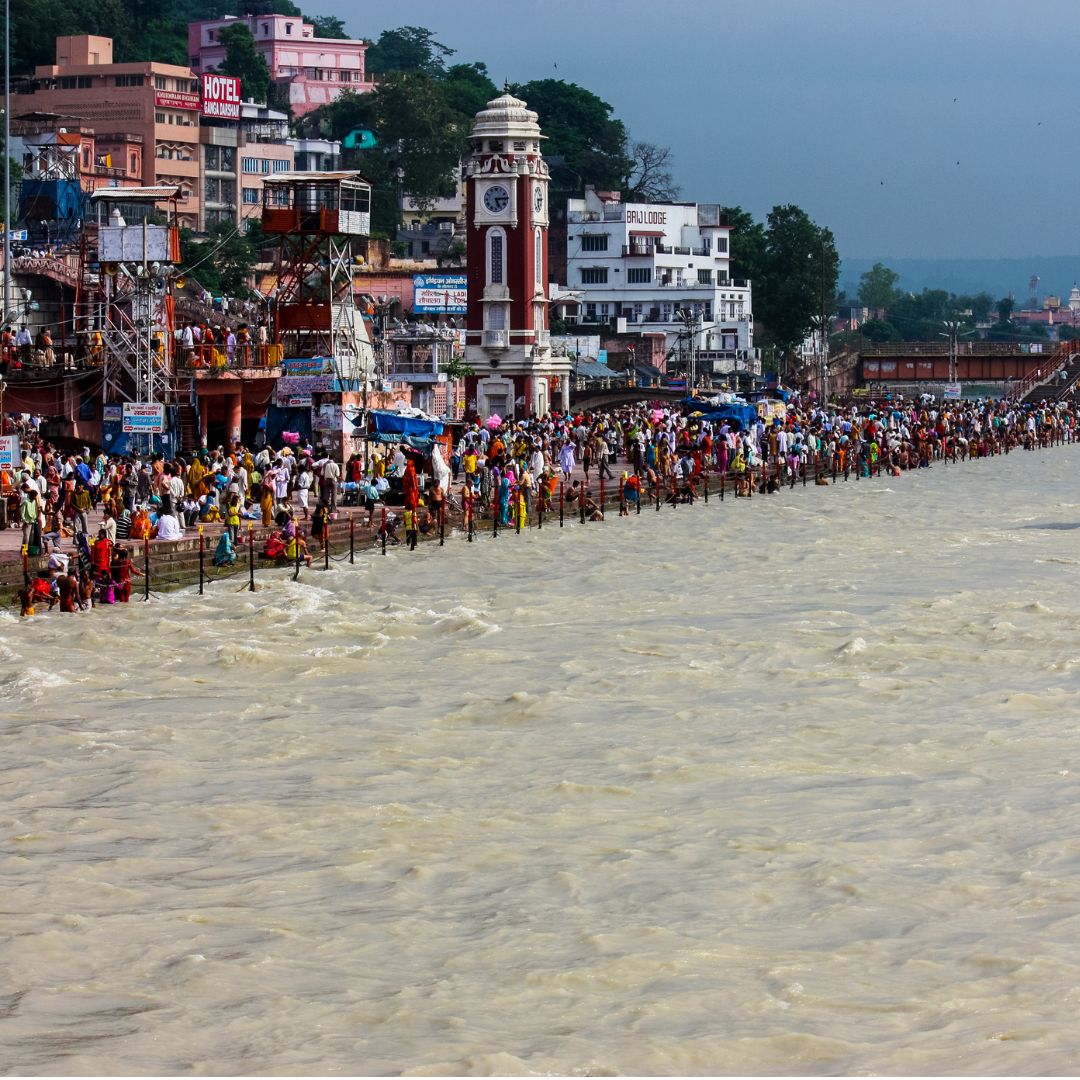
Itinary
HEAVENS OF THE EAST
Duration:08 Nights/09Days
Places Covered: Shillong 2N – Tezpur / Bhalukpong 1N – Dirang 1N –
Tawang 2N – Bomdila 1N – Guwahati 1N
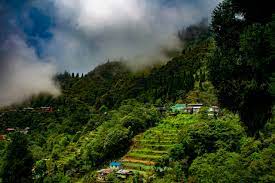
Day 01: Guwahati Airport / Rly Station – Shillong (100 kms / 03 hrs.)
Arrival in Guwahati and Transfer to Shillong
Arrival at Guwahati
Upon arrival at Guwahati Airport / Railway Station, transfer to Shillong (4,900 ft.), called the “Scotland of the East.”
Enroute Visit: Umium Lake
Enroute, visit Umium Lake, a majestic placid lake surrounded by sylvan hills.
Arrival in Shillong
On arrival at Shillong, check in at your hotel.
Overnight stay at Shillong.
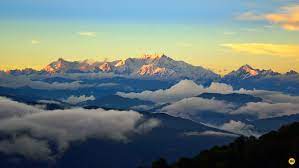
Day 02: Jaubhari to Tumling
Trek to Tumling
Trek Overview
Trek to Tumling today. The trek is a moderate one with both flat and steep ascents, covering a distance of about 10 kilometers.
Trail Conditions
Be careful as the rain can make the trails slippery at times. Expect to encounter rocks, meadows, and wet sections along the route.
Water Sources
At the beginning of the trail, fill your water bottle. Water sources are only present at Chittrey, Lamaydhura, and Meghma.
Chittrey Monastery
We will camp at Chittrey Monastery. At Chittrey, the India-Nepal border begins; India will be on your right-hand side and Nepal on your left. From Chittrey, stairs lead to Meghma.
Flora and Fauna
Look out for Chimla and Magnolia flowers throughout the trek. If you’re lucky, you might spot a Red Panda in this region.
Lamaydhura Village
Continue from Chittrey for 3 km to the small village of Lamaydhura, home to a few Tibetan families.
Meghma Check Post
From Lamaydhura, continue for 3 km of flat terrain to Meghma. Here, we will pass through the SSB check post, where our identities will be checked.
Note: Foreigners should carry their visas, and Indians should have their photo identity cards with them.
Tumling
Tumling is situated at the India-Nepal border. We will camp at Tonglu, only a few hundred meters ahead of Tumling.
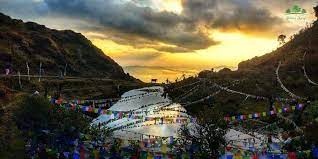
Day 03: Tumling to Kalipokhri
-
Trekking Itinerary
Sunrise Over Kangchenjunga
Wake up early to witness the sunrise over the Kangchenjunga range of peaks, known as the Sleeping Buddha for its unique shape. Ask your guide to name these peaks.
Trek Overview
The trek today is around 13 km long. Observe the two roads that branch off as we begin our journey; we will take the Nepal Road and enter the Singalila National Park.
Entry to Singalila National Park
Once we enter the national park, we may catch a glimpse of Mt. Everest.
Destination: Gairibas
Our next stop is Gairibas, located 5 km away, which takes about 3-4 hours to reach. There are a few staying options on the Nepal side of Gairibas.
From Gairibas to Kalipokhri
From Gairibas, we will trek to Kaiyakatta, which is 2 km away. After that, Kalipokhri is about 4 km further. Kalipokhri translates to the Black Lake and is situated right on the Nepal-India border. There is a small Buddha temple near the lake.
Camping
Tonight, we will be camping near the lake.
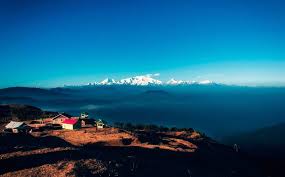
Day04: Abin Kharak/Khobal Tal to Ghairoli Patal | 2456 M | 5 Kms
-
Trekking Itinerary to Sandakphu
Early Start
Start early so you don't miss the view of the snow-clad peaks.
Trek Overview
Today's trek is an easy one of 7 km and will take about 4-5 hours.
Trail to Bikheybhanjang
From Kalipokhri, the trail gradually ascends to Bikheybhanjang, a small hamlet. It literally means the "Poisonous Valley" because of the poisonous aconite plants that grow here in abundance.
Climbing Challenges
The trail is steeper at one place only just before you reach Sandakphu. Several times you may be told to climb at certain places using all four limbs put together.
Arrival at Sandakphu
After a long tiring moment you reach the top view at Sandakphu from where you get all kinds of the four highest mountain views in the world together, which are as follows:
- Mt Everest
- Makalu
- Kangchenjunga
- Lhotse
- Chomolhari
- Pandim
- Three Sisters
- Kumbhakarna
Ask your guide for more details about the peaks.
Night Stay
Night stay at Sandakphu
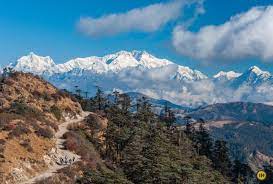
Day 05: Sandakphu to Sabargram
- • Start trekking early morning from Sandakphu to reach Sabargram. Today’s trek is moderate but long, covering 15 km in approximately 8 hours. The scenery is among the best, with plenty of rhododendron trees in full bloom if you visit in April or May. Camp for the night at Sabargram.
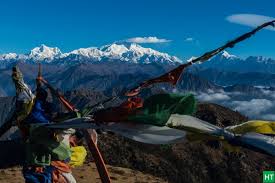
Day 06: Sabargram to Gorkhey via Phalut
-
Trekking Itinerary to Gorkhey
Trek Overview
Today’s trek is easy, featuring a mostly descending trail. Enjoy stunning views of Kangchenjunga on your left, perfect for capturing beautiful photographs.
Duration
The trek will take about 5 hours to reach Gorkhey.
Entering Sikkim
Once we cross the Gorkhey River, we will officially enter Sikkim.
Camping
Camp overnight at Gorkhey.
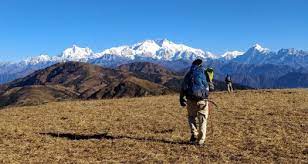
Day 07: Gorkhey to Sepi
-
Trekking Itinerary: Gorkhey to Sepi
Early Start
Start early from Gorkhey.
Trail Overview
As we trek through the beautiful Sammanden and Rammam villages, we will reach Sepi around 2 PM.
End of Trek
The trek ends here.

Day 08: Title
- Lorem ipsum is a placeholder text commonly used to demonstrate the visual form of a document or a typeface without relying on meaningful content. Lorem ipsum is a placeholder text commonly used to demonstrate
- Lorem ipsum is a placeholder text commonly used to demonstrate the visual form of a document or a typeface without relying on meaningful content. Lorem ipsum is a placeholder text commonly used to demonstrate

Day 09: Title
- Lorem ipsum is a placeholder text commonly used to demonstrate the visual form of a document or a typeface without relying on meaningful content. Lorem ipsum is a placeholder text commonly used to demonstrate
- Lorem ipsum is a placeholder text commonly used to demonstrate the visual form of a document or a typeface without relying on meaningful content. Lorem ipsum is a placeholder text commonly used to demonstrate

Day 10: Title
- Lorem ipsum is a placeholder text commonly used to demonstrate the visual form of a document or a typeface without relying on meaningful content. Lorem ipsum is a placeholder text commonly used to demonstrate
- Lorem ipsum is a placeholder text commonly used to demonstrate the visual form of a document or a typeface without relying on meaningful content. Lorem ipsum is a placeholder text commonly used to demonstrate

